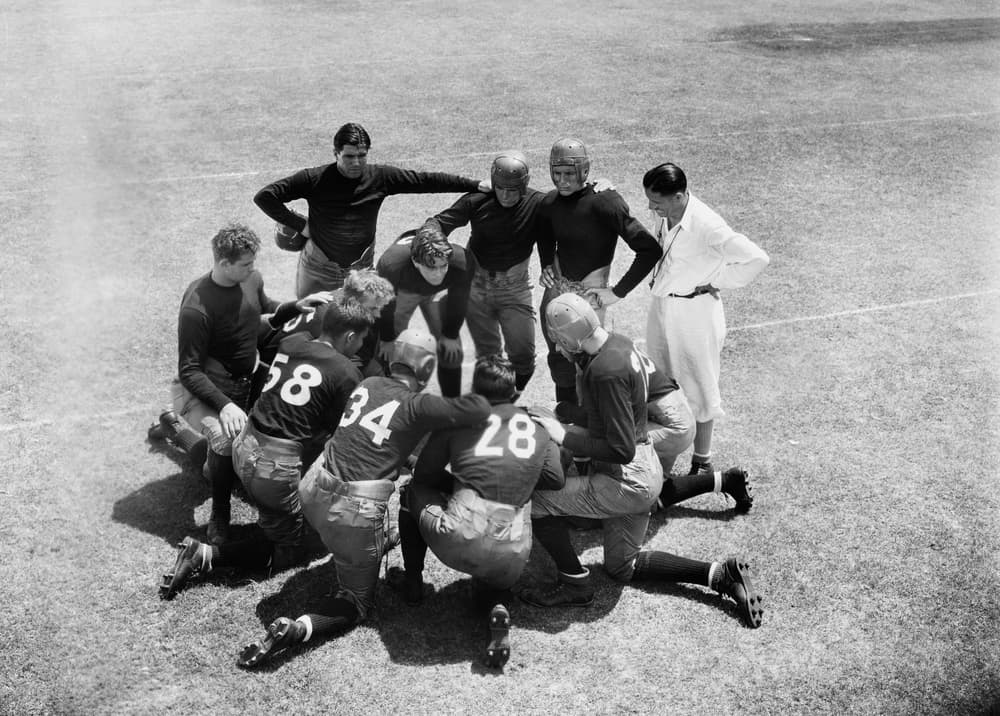
If you contact an unmotivated adjuster about the status of their claims handling, the adjuster will tell you that she is doing everything she can on the claim. The adjuster will say that because the adjuster knows that the employer most often does not know what can be done on the claim. If you want to really shake up the unmotivated adjuster and to get the adjuster moving forward at full speed on the investigation of the claim, review the following list of investigation suggestions with the adjuster.
Click Link to Access Free PDF Download
“How Do I Get My Adjusters To Follow My Account Handling Instructions?”
Check List of Investigation Tools:
- Employer’s First Report of Injury form
- Employee’s written report of claim form (in states where it is required)
- Insurance Services Office filing (formerly known as the Central Index Bureau)
- Contact with claim adjuster(s) on claimant’s prior work comp claims
- Contact with prior employer(s) on claimant’s prior work comp claims
- Medical records from claim files of prior work comp claims
- Contact with work comp board/industrial commission for their records on prior claims (some states will not cooperate, other states do cooperate)
- Employee’s detailed recorded statement
- Recorded statement of any witnesses to the accident
- Supervisor’s recorded statement
- Police report on vehicle accidents
- OSHA reports, whether federal OSHA or a state OSHA
- Any other government agency records
- Discussion of the claim with the employee’s attorney, if the employee is represented
- Contact with any third party involved in the claim – driver of other vehicle in auto accidents, manufacturer of machinery that injured employee, manufacturer of a defective product that caused employee’s injury, etc
- Telephone contact with each medical provider to have the most recent medical report(s) faxed to the adjuster
- Medical records for all medical appointments
- Photographs of the accident scene
- Diagram of the accident scene
- Having the claimant call the adjuster after each doctor’s appointment to report on medical progress
- Nurse case manager’s input on serious injury claims
- Field case manager to meet with the employee and doctor and to attend medical appointments with the employee
- Review of claimant’s social media sites – Facebook, Twitter, LinkedIn, etc.
- Employer’s personnel file on the employee, including job application, new employee forms, disciplinary records, etc.
- Employer’s safety records for the accident location
- Employer’s public notice of plant location closing, lay-offs, union issues, etc.
- Referral of the claim to the Special Investigation Unit (the unmotivated adjuster may be quick to do this, as this passes the buck to someone else to do a complete investigation).
- Outside Vendor Services (Investigation steps that can be taken but not normally performed by the adjuster, but overseen by the adjuster).
- Surveillance
- Activity check
- Neighborhood canvass
- Background check
- Credit check
- Public records review / civil records searched
- Criminal records check
- Skip tracing
- Clinic records sweep (checking for medical treatment at all clinics in the area of the employee’s address)
- Hospital records sweep (checking for medical treatment at all hospitals in the area of the employee’s address)
- Pharmacy records sweep (checking for prescriptions filled at all drug stores in the area of the employee’s address)
- Video re-enactments of the accident
- Examination under oath
Unfortunately, there is no central system where an adjuster can check to see if the employee is currently working another job. The use of a private investigator for surveillance can fill this void, but without knowing where an employee might be working, this is often a hit-and/or-miss approach.
Key To Investigation Taking As Many Steps As Needed
It would be a very rare claim where it is necessary for the adjuster to take all of the investigation steps listed above. The key to an investigation is for the adjuster to take as many of the investigative steps as needed to verify the validity of the claim, or to disprove the claim.
We realize this checklist of the investigation steps your adjuster can take is incomplete. We welcome our readers to contact us with additional investigation techniques they would add to our investigation checklist.

Contact: mstack@reduceyourworkerscomp.com.
Workers’ Comp Roundup Blog: http://blog.reduceyourworkerscomp.com/
©2023 Amaxx LLC. All rights reserved under International Copyright Law.
Do not use this information without independent verification. All state laws vary. You should consult with your insurance broker, attorney, or qualified professional.















 4 Areas To Manage Workers’ Comp Medical Costs
4 Areas To Manage Workers’ Comp Medical Costs
